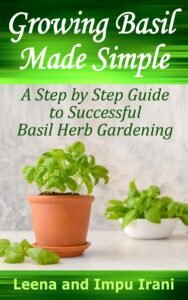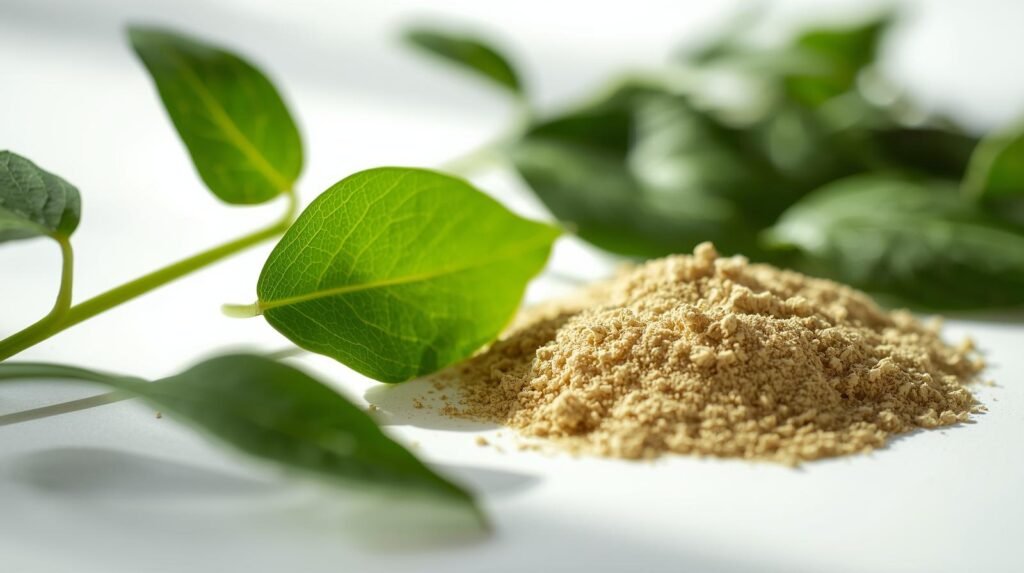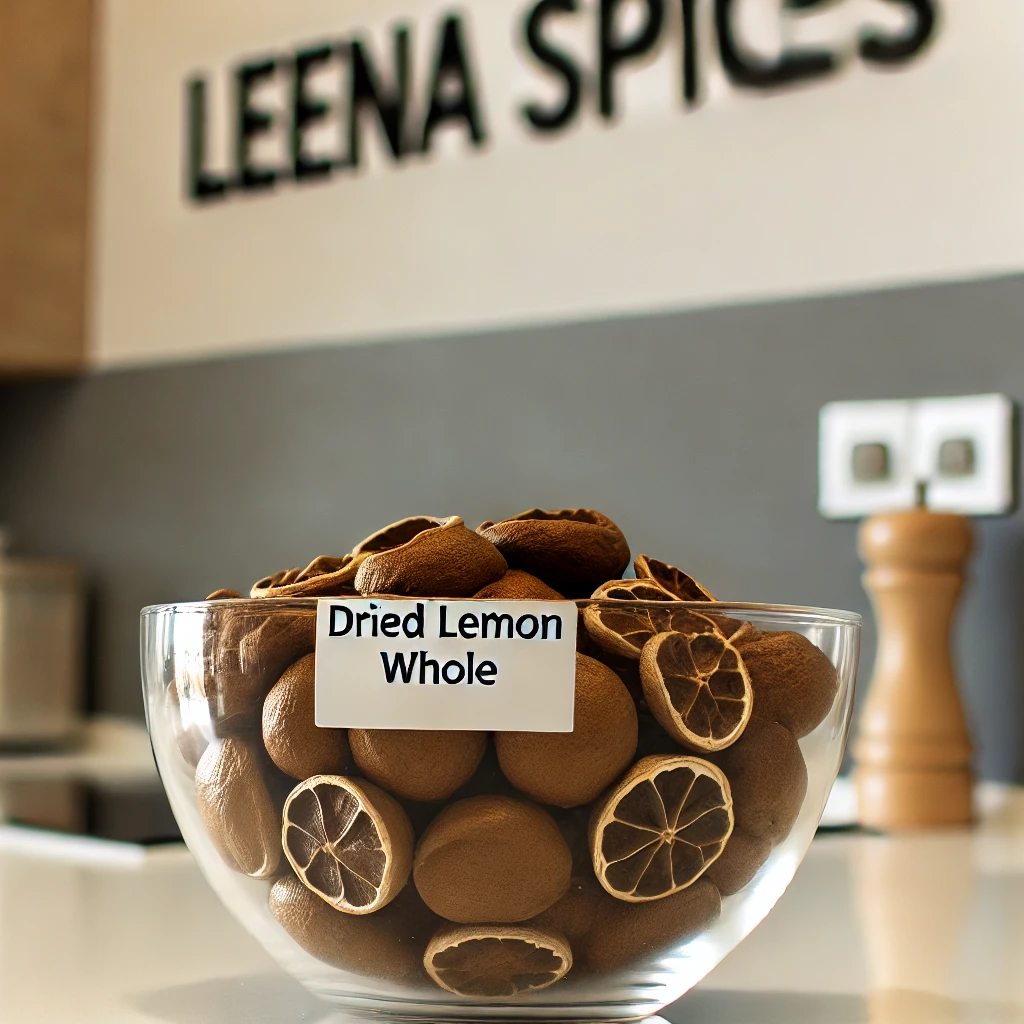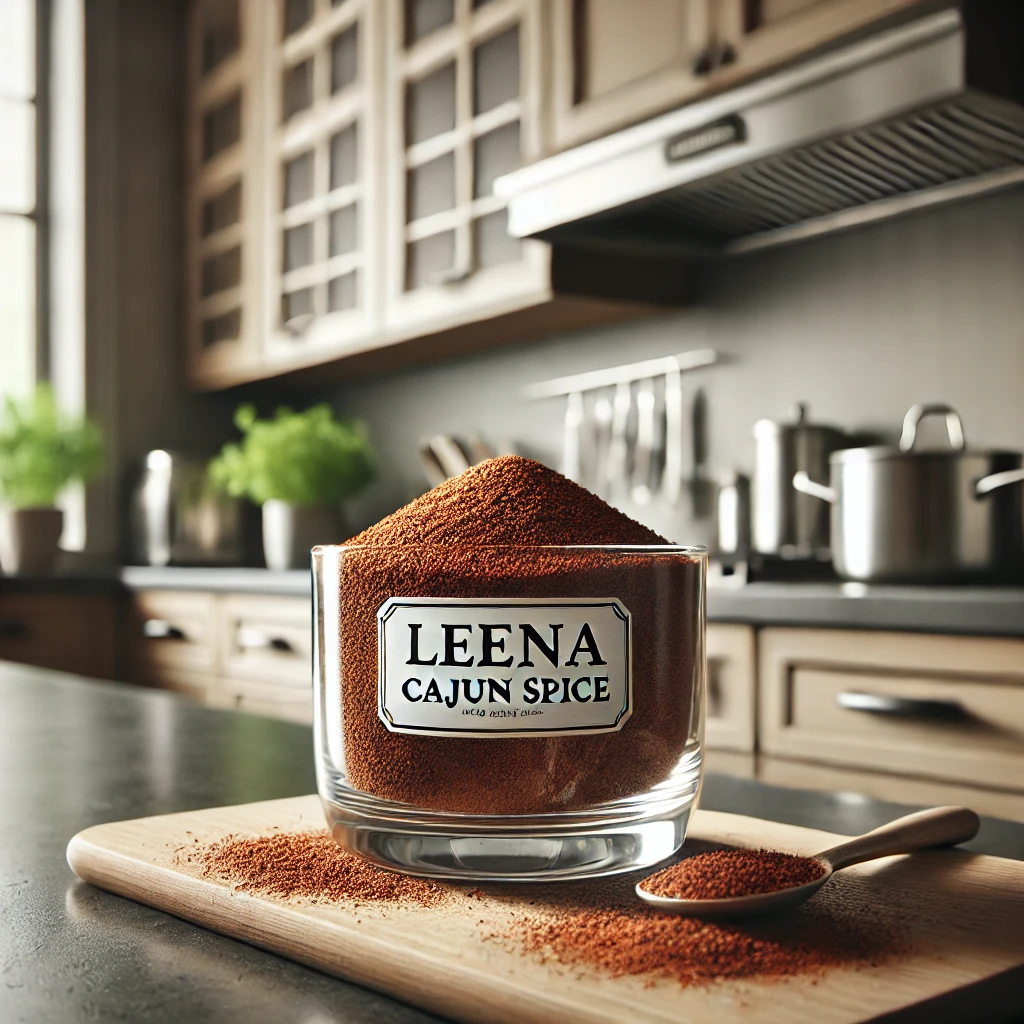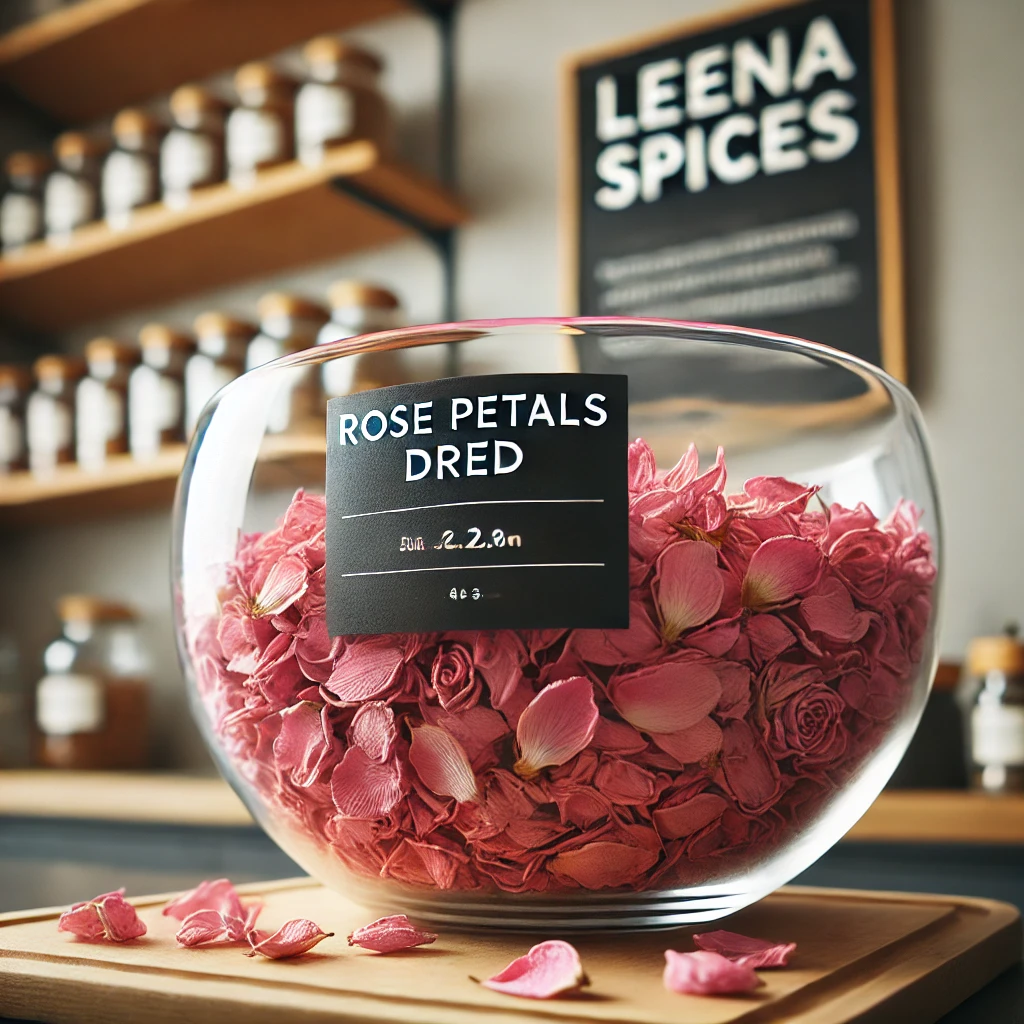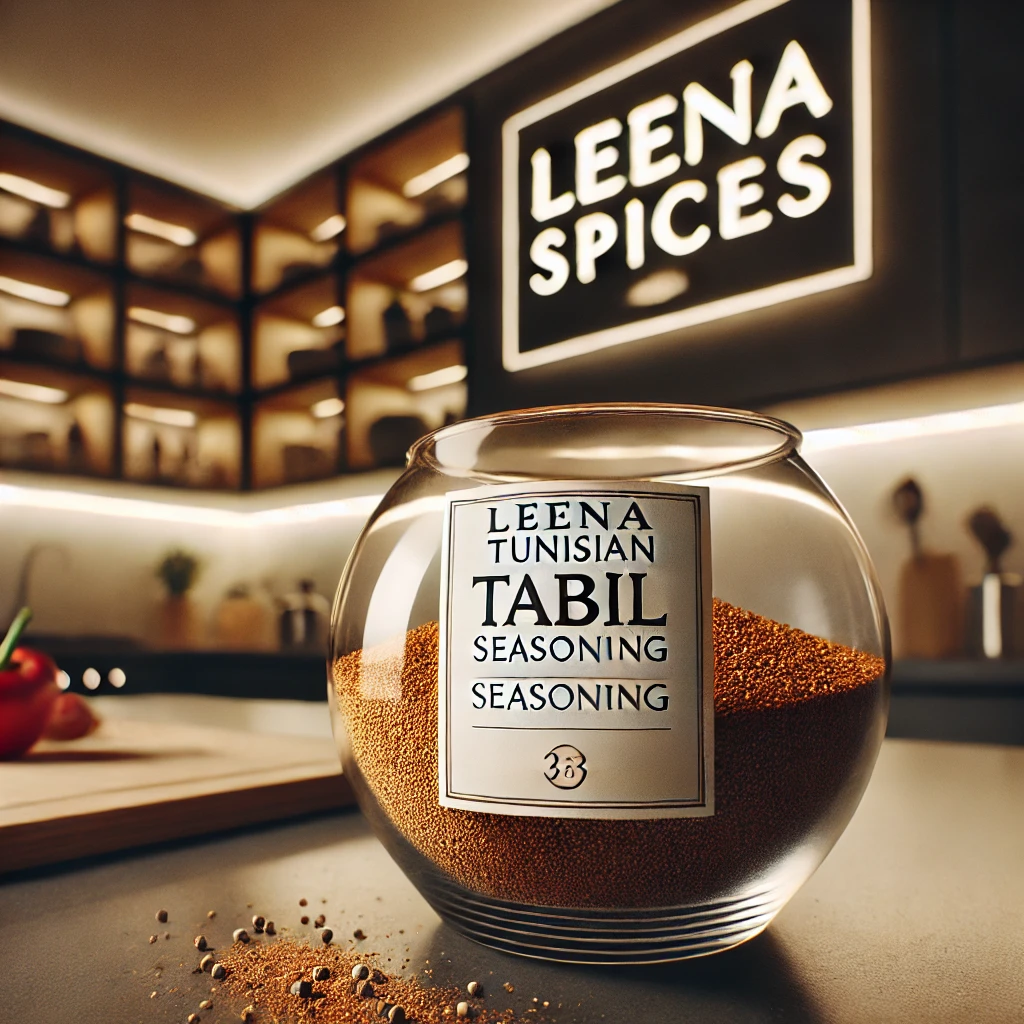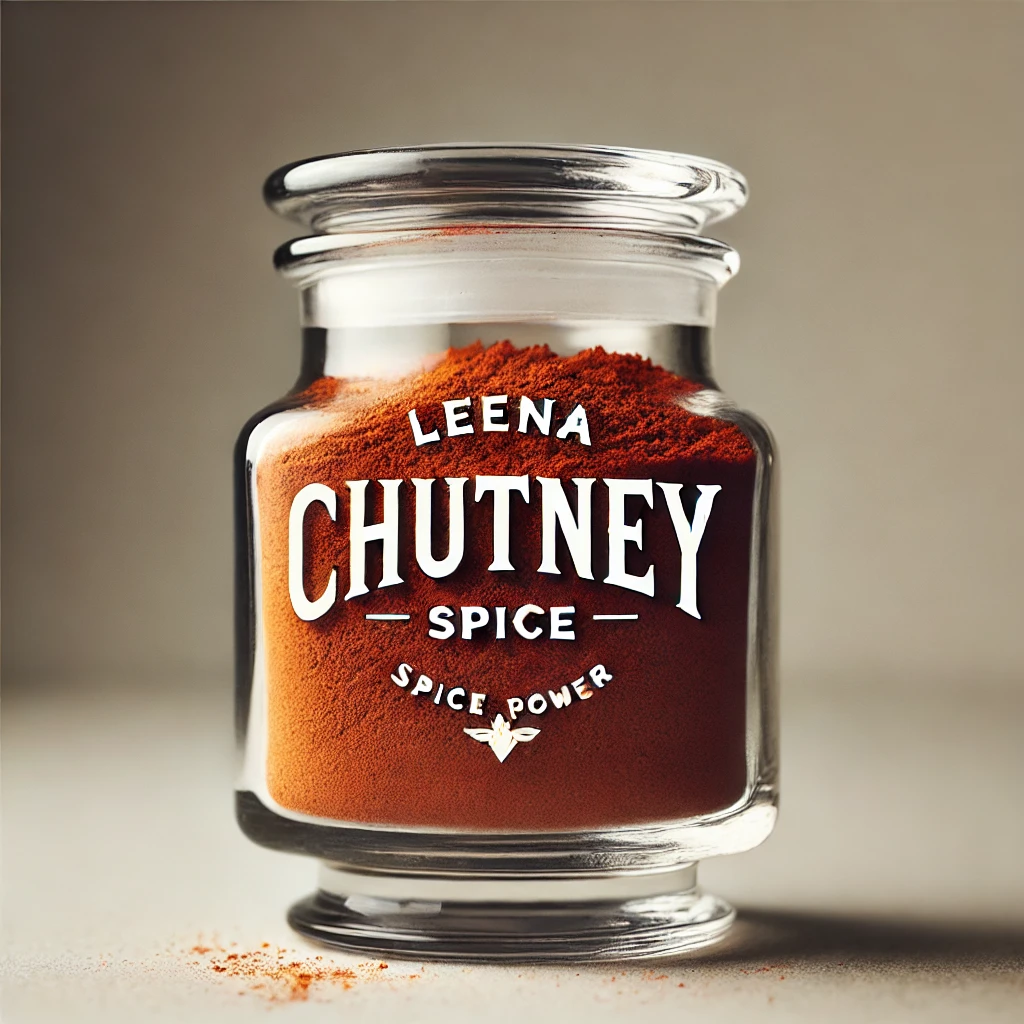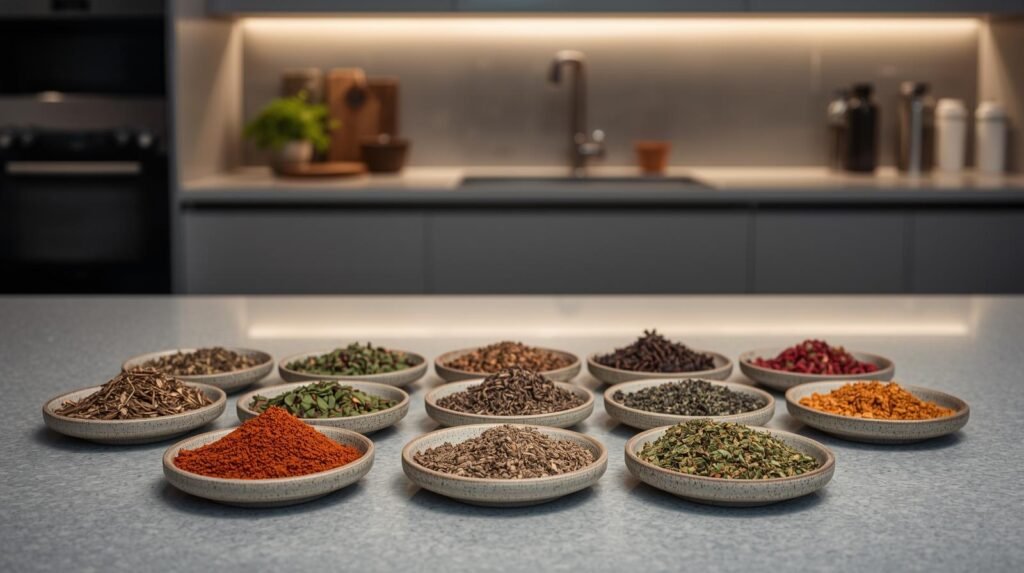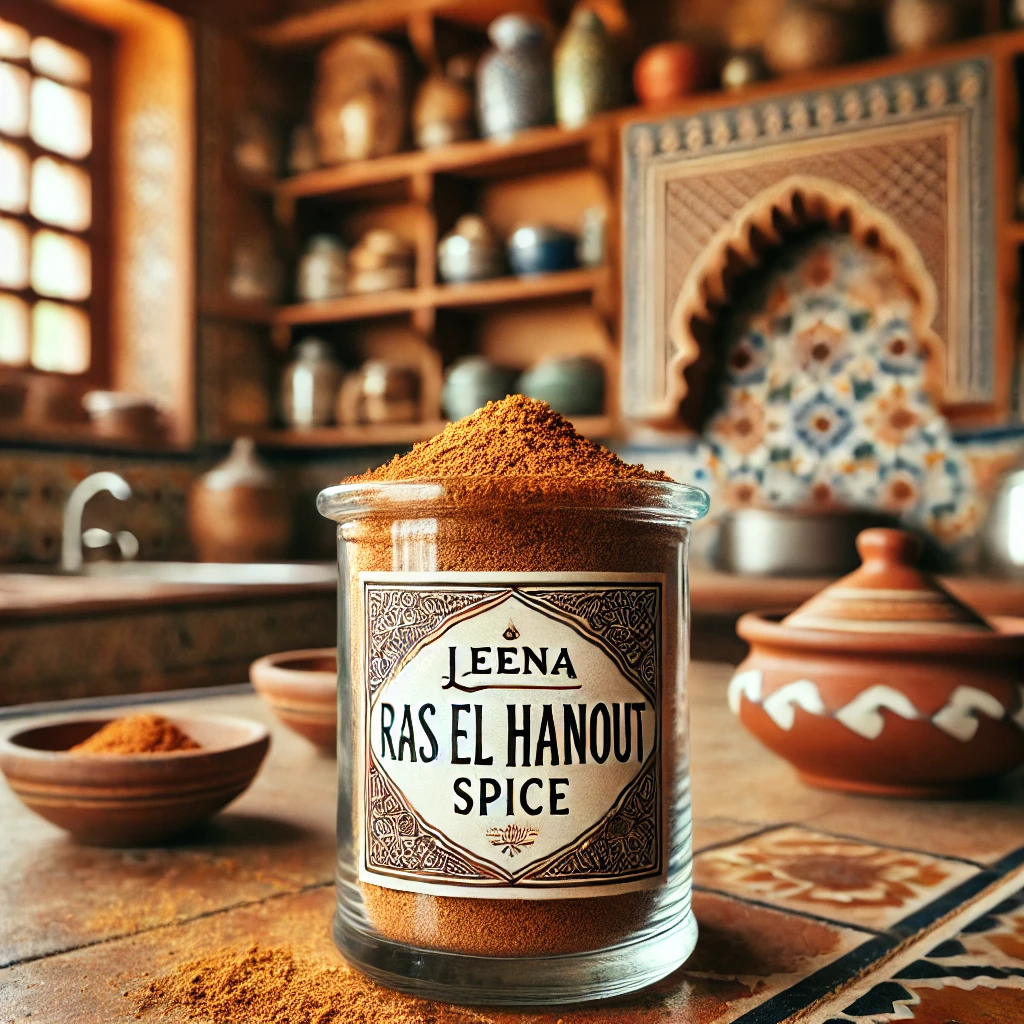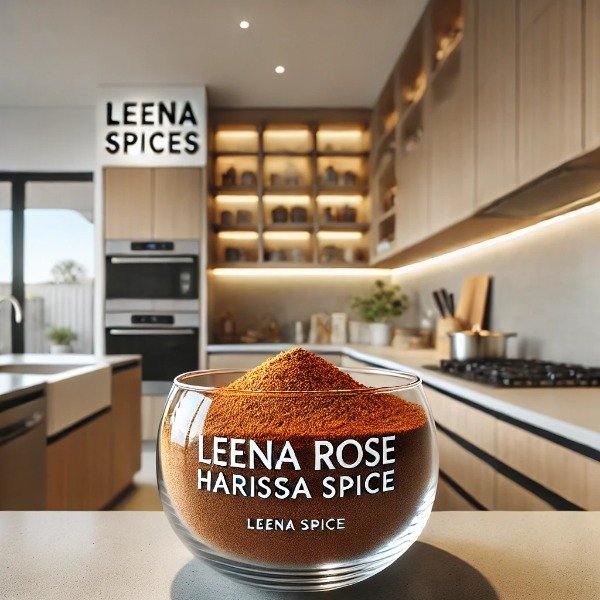20 Questions Best Tips Grow Basil at Home
Table of Contents
- How to Grow Basil Indoors Year-Round
- Best Soil for Growing Basil at Home
- How to Prevent Basil from Wilting Indoors
- Growing Basil from Cuttings at Home
- How Much Sunlight Does Basil Need Indoors
- Best Basil Varieties for Home Gardening
- How to Prune Basil for Bushier Growth
- Why Are My Basil Leaves Turning Yellow at Home
- How to Grow Basil in Pots Indoors
- How to Care for Basil Plants in Winter
- Best Fertilizer for Basil Grown at Home
- How to Harvest Basil Without Killing the Plant
- Common Pests for Basil Plants Indoors
- How to Grow Thai Basil at Home
- How Long Does It Take to Grow Basil from Seeds
- Growing Basil at Home for Beginners
- How to Stop Basil from Bolting Indoors
- Best Pots for Growing Basil Indoors
- How to Grow Basil in Small Spaces at Home
- Why Is My Basil Plant Not Growing Indoors
How to Grow Basil Indoors Year-Round
To grow basil indoors all year long, place your plant in a sunny, south-facing window that gets 6–8 hours of light daily. If natural light is limited, full-spectrum grow lights are a great backup—aim for 12–16 hours of light per day. Basil loves warmth, so keep the indoor temperature between 70–85°F (21–29°C). Water when the top inch of soil feels dry, and make sure you’re using a well-draining potting mix. Regular pruning will encourage bushier growth and keep your plant healthy and productive throughout the year.
Best Soil for Growing Basil at Home
The best soil for growing basil at home is a nutrient-rich, well-draining potting mix with a pH of 6.0-7.5. Combine peat moss, perlite, and compost for optimal drainage and fertility. Avoid heavy garden soil, as it retains too much water, leading to root rot.
How to Prevent Basil from Wilting Indoors
Start by checking the soil moisture regularly. Only water when the top inch feels dry to the touch. Overwatering and poor light are the top causes of wilting. Always use pots with drainage holes to avoid soggy roots. Basil also needs 6–8 hours of sunlight each day. Place your plant near a bright window and rotate it regularly for even light exposure. Good air circulation is just as important—stale, humid air can lead to fungal issues and droopiness. With the right balance of water, light, and airflow, your basil will stay healthy and productive.
Growing Basil from Cuttings at Home

Propagating basil from cuttings is a quick and easy way to grow more plants. Simply snip a healthy 4-inch stem just below a leaf node, then remove the lower leaves.
Place the cutting in a glass of water or directly into moist, well-draining soil. If using water, you’ll typically see roots develop within 1–2 weeks; in soil, it may take 2–3 weeks. Once the roots are well established, transplant your new basil plant into a pot filled with nutrient-rich, well-draining soil. With a little care, your cutting will grow into a full, thriving basil plant.
How Much Sunlight Does Basil Need Indoors
Basil is sun loving plant. Aim for 6–8 hours of direct sunlight each day. A sunny, south-facing window is your best bet. If natural light is limited, full-spectrum grow lights can keep your basil happy. Use them for 12–16 hours daily to mimic the sun’s intensity. Without enough light, basil tends to grow tall, thin, and weak (also known as “leggy”), so be sure to position your plant where it gets maximum exposure to thrive.
Best Basil Varieties for Home Gardening
Best Basil Varieties for Home Gardening
Several basil varieties are well-suited for home gardening, each offering distinct flavors and visual appeal:
- Genovese Basil – Classic Italian variety with bold flavor; ideal for pesto and sauces.
- Thai Basil – Spicy and aromatic; commonly used in Southeast Asian dishes.
- Purple Basil – Deep purple leaves with a mild, slightly clove-like flavor; adds visual interest.
- Lemon Basil – Refreshing citrus aroma and flavor; excellent for teas, dressings, and desserts.
Select varieties that match your cooking style and garden aesthetics for the best results.
How to Prune Basil for Bushier Growth
To promote a fuller basil plant, prune regularly by cutting just above a leaf node every 2–3 weeks. Remove the top one to two sets of leaves to encourage side branching. Always pinch off flower buds as soon as they appear to prevent bolting and preserve flavor. Consistent pruning directs the plant’s energy into producing new leaves, resulting in a bushier, more productive basil plant.
Why Are My Basil Leaves Turning Yellow at Home
Yellowing basil leaves are often a sign of overwatering, poor drainage, or nutrient deficiencies, especially a lack of nitrogen. Ensure your pot has proper drainage holes and that you’re not letting the soil stay constantly wet. Use a balanced fertilizer (such as 10-10-10) every 4–6 weeks to maintain nutrient levels. Inadequate light can also contribute to yellowing, so confirm your plant is receiving 6–8 hours of direct sunlight or appropriate exposure to grow lights.
How to Grow Basil in Pots Indoors
Select a pot 6–12 inches in diameter with drainage holes to prevent waterlogging. Use a well-draining potting mix and place the pot in a location that receives 6–8 hours of direct sunlight daily. Water only when the top inch of soil feels dry. Rotate the pot once a week to ensure even light exposure and balanced growth.
How to Care for Basil Plants in Winter
During winter, keep basil plants indoors where they can receive 6–8 hours of light—use grow lights if natural sunlight is insufficient. Maintain temperatures between 70–85°F (21–29°C) and water sparingly, allowing the soil to dry slightly between waterings. To combat dry indoor air, increase humidity by placing the pot on a tray filled with water and pebbles. This helps prevent leaf drop and keeps your basil healthy through the colder months.
Best Fertilizer for Basil Grown at Home
A balanced liquid fertilizer, such as a 10-10-10 formula, applied every 4–6 weeks is ideal for basil. Organic alternatives like fish emulsion or compost tea are also effective. Always dilute fertilizers to half the recommended strength to prevent nutrient burn and promote healthy grow
How to Harvest Basil Without Killing the Plant
Harvest basil by cutting leaves or stems just above a leaf node, leaving at least 2–3 sets of leaves intact. Avoid removing more than one-third of the plant at a time. Regular, careful harvesting encourages new growth and helps prolong the plant’s lifespan.
Common Pests for Basil Plants Indoors
Indoor basil plants are susceptible to pests such as aphids, whiteflies, and spider mites. Signs of infestation include sticky residue on leaves and visible tiny insects. To manage these pests, apply neem oil or insecticidal soap as directed. Additionally, improving air circulation around your plants helps prevent infestations.
How to Grow Thai Basil at Home
Thai basil grows similarly to other basil varieties, thriving in well-draining soil with 6–8 hours of sunlight daily. Maintain consistent watering, allowing the top inch of soil to dry between waterings. Thai basil prefers slightly warmer temperatures, ideally between 75–85°F (24–29°C). Its distinctive spicy, licorice-like flavor makes it a great addition to many dishes.
How Long Does It Take to Grow Basil from Seeds
Basil seeds typically germinate within 5–10 days. It takes about 6–8 weeks for the plants to reach a size suitable for harvesting. Sow seeds in well-draining soil, keep the soil consistently moist, and place the container in a warm, sunny location with temperatures between 70–85°F (21–29°C). Once seedlings emerge, thin them to 6–12 inches apart to ensure healthy growth.
Growing Basil at Home for Beginners
Growing basil at home is simple for beginners. Start with healthy seeds or seedlings and plant them in a well-draining potting mix. Place your basil in a sunny location, watering only when the soil feels dry. Prune regularly to encourage growth and avoid over-fertilizing to keep the plant healthy. Following these basics will have you harvesting fresh basil in no time.
How to Stop Basil from Bolting Indoors

To keep basil from bolting, promptly pinch off any flower buds as they appear. Maintain indoor temperatures below 85°F (29°C) and water consistently to avoid stress. Regular pruning encourages the plant to focus energy on leaf production rather than flowering. Providing adequate light also helps delay bolting and promotes healthy growth.
Best Pots for Growing Basil Indoors
Choose pots that are 6–12 inches in diameter and have drainage holes to prevent waterlogging. Both terracotta and plastic pots are suitable, as long as they allow excess water to drain freely. Using a saucer beneath the pot helps catch any drips while protecting your surfaces and maintaining healthy root conditions.
How to Grow Basil in Small Spaces at Home
Maximize limited space by using small pots or vertical planters to grow basil. Position them on a sunny windowsill or provide supplemental light with grow lights. Choose compact varieties such as ‘Spicy Globe’ and prune regularly to maintain manageable, healthy plants.
Why Is My Basil Plant Not Growing Indoors
If your basil isn’t thriving indoors, common causes include insufficient light—basil requires 6–8 hours daily—overwatering, or poor soil conditions.
Ensure your pot has proper drainage and use a nutrient-rich, well-draining potting mix. Fertilize every 4–6 weeks to support growth. If the plant becomes root-bound, repotting into a larger container may be necessary.
FAQs
Q: Can I grow basil in low light?
A: Basil requires 6–8 hours of direct light daily to thrive. If natural sunlight is insufficient, supplement with full-spectrum grow lights to meet its light needs.
Q: How do I store fresh basil?
A: To keep basil fresh, wrap the leaves in a damp paper towel and refrigerate for up to one week. For longer storage, freeze basil leaves in ice cube trays with a little water or olive oil.
Q: Is growing basil easy for beginners?
A: Yes, basil is well-suited for beginners. With adequate light, proper watering, and regular pruning, it’s simple to grow and maintain healthy plants.
